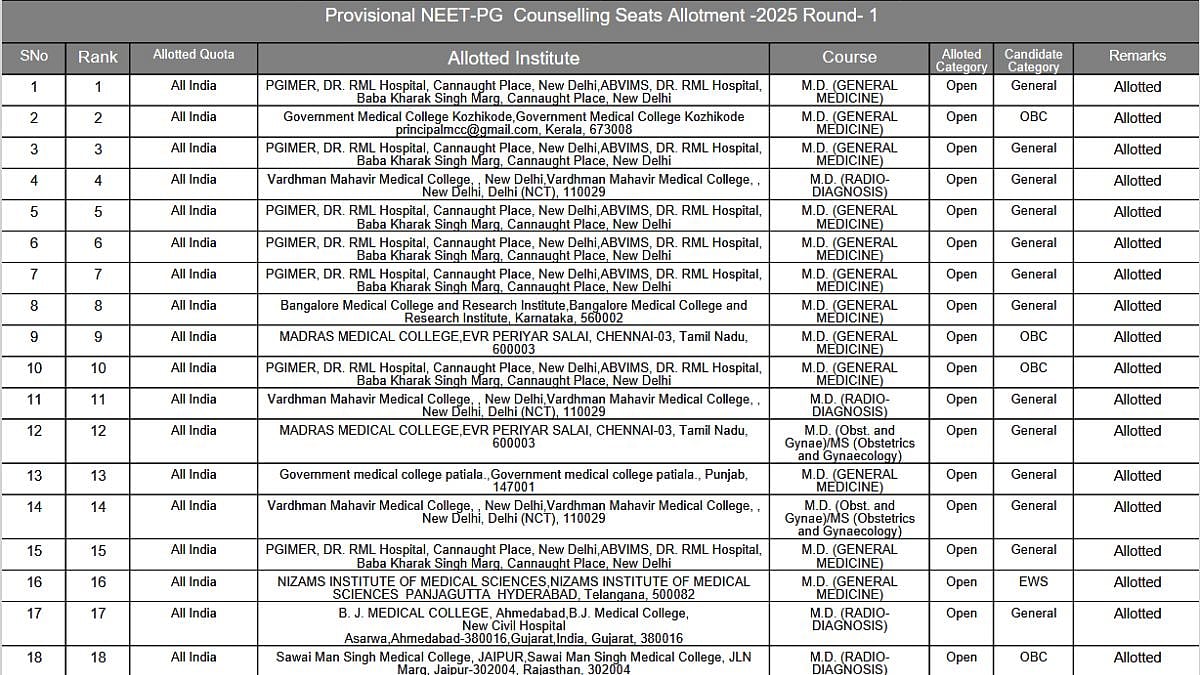Integration creates vast organizational anxiety about the future in terms of the new culture and the operating model. In most cases, there is a complete re-engineering of the entities, especially the acquired entity. These changes go far beyond a new name—a new set of offerings to customers and leadership—they challenge the core of an organization’s identity, purpose, and day-to-day work.
Even small tactical changes, like new expense policies or benefit options, can rattle employees. Anticipating and addressing these ‘organizational emotions’ can lay the foundation for seamless, effective integration. Failing to anticipate and address them can lead to dissatisfaction and chaos, which will further deteriorate business performance, result in the loss of critical talent, and disrupt the intended synergies.
As discussed in the earlier articles, successful M&A integration involves managing the human and cultural aspects of the deal. A model, A-E-I-O-U, which was proposed, where A-acclimatize and accommodate, E-engage with stakeholders, I-involve every employee, O-organize all processes, systems, norms, and set expectations, is all about the last vowel, U-unite both entities and adopt the best practices.
Unite both entities and adopt the best practices
Values, norms, processes, practices, rites, rituals, ceremonies, and the desired behaviors are all part of an organization’s culture. A successful integration takes into account the best practices of both entities. The goal is to define the culture as per the reorganized context and socialize and facilitate internalizing it with the employees.
The role of a leader is to foster a culture where there is a free and collaborative flow of knowledge and information, which will lead to better unity amongst employees during the integration process. Leaders and employees who do not adjust to the integration, consciously or subconsciously, due to cultural management style differences, cause incredible costs and disable the exploitation of the synergy potential.
Unity in employee structure
Uniting employees is a critical element in creating a self-sustaining business model where employees are involved and connected physically and emotionally to the entire process. It also enables a cohesive climate where employees feel less threatened, accept reality, and also adopt post-integration changes more efficiently.
Unity develops engagement, commitment, a better flow of information, and talent retention. Building unity amongst employees during an M&A integration is about creating behavioral challenges and adopting best practices.
To manage the integration process between entities, leaders who are the change agents deploy various techniques such as team building, intergroup orientation, expectation management meetings, and conflict or confrontation meetings. All these result in building a culture of unity in diversity and ensuring that there is camaraderie within the integrated entity.
Strategies to build unity
Leaders can build unity among employees of merging entities during the integration process of M&A by following some of the best practices suggested. Some of these practices are:
Aligning Strategy: Aligning the M&A strategy with the corporate strategy is a primary role of leaders. Leaders must communicate their vision, values, and goals for the combined entity and how the deal aligns with them. Leaders should also explain the rationale, benefits, and synergies of the deal and how it will create value for the stakeholders.
Foster Involvement: Leaders should involve representatives from both entities in the integration team and leverage their different skills, perspectives, and experiences. Leaders should also foster a culture of inclusion, respect, and collaboration among the team members.
Assign Accountabilities: Leaders should assign clear and specific tasks, deliverables, and timelines for each team member and monitor their progress and performance. Leaders should also empower the team members to make decisions and solve problems within their scope of authority.
Maintain an open culture: Leaders should encourage open and honest communication, feedback, and dialogue among the team members and with the employees of both entities. This fosters collaboration and trust. Leaders should also address any concerns, issues, or conflicts that may arise and provide support and guidance as needed.
Focus on the development of employees: Leaders should provide the team with the necessary training, tools, and technology to facilitate the integration process. Leaders should also ensure the team has access to relevant and accurate information and data from both entities.
Hold high standards of ethics: Maintain the standards of ethics and meritocracy to the highest levels. Employees’ affinity towards the integration process and post-integration adoption process will depend on how the managers and leaders maintain the highest standards of conduct. Employees need to be treated fairly, and more so, they need to perceive the fairness of the actions taken by the leaders.
Managing bias: Leaders must enable employees to appreciate the importance of managing biases, especially unconscious bias. Set very high standards of desired behavior and have zero tolerance for non-adherence.
Unity amongst all stakeholders is thus a very crucial element of a successful integration process. Demonstrated behaviors and the intent of the organizations become very visible, and the employees consciously or subconsciously decide their levels of involvement and engagement. The process of creating a culture around uniting employees influences the success of the integration.










